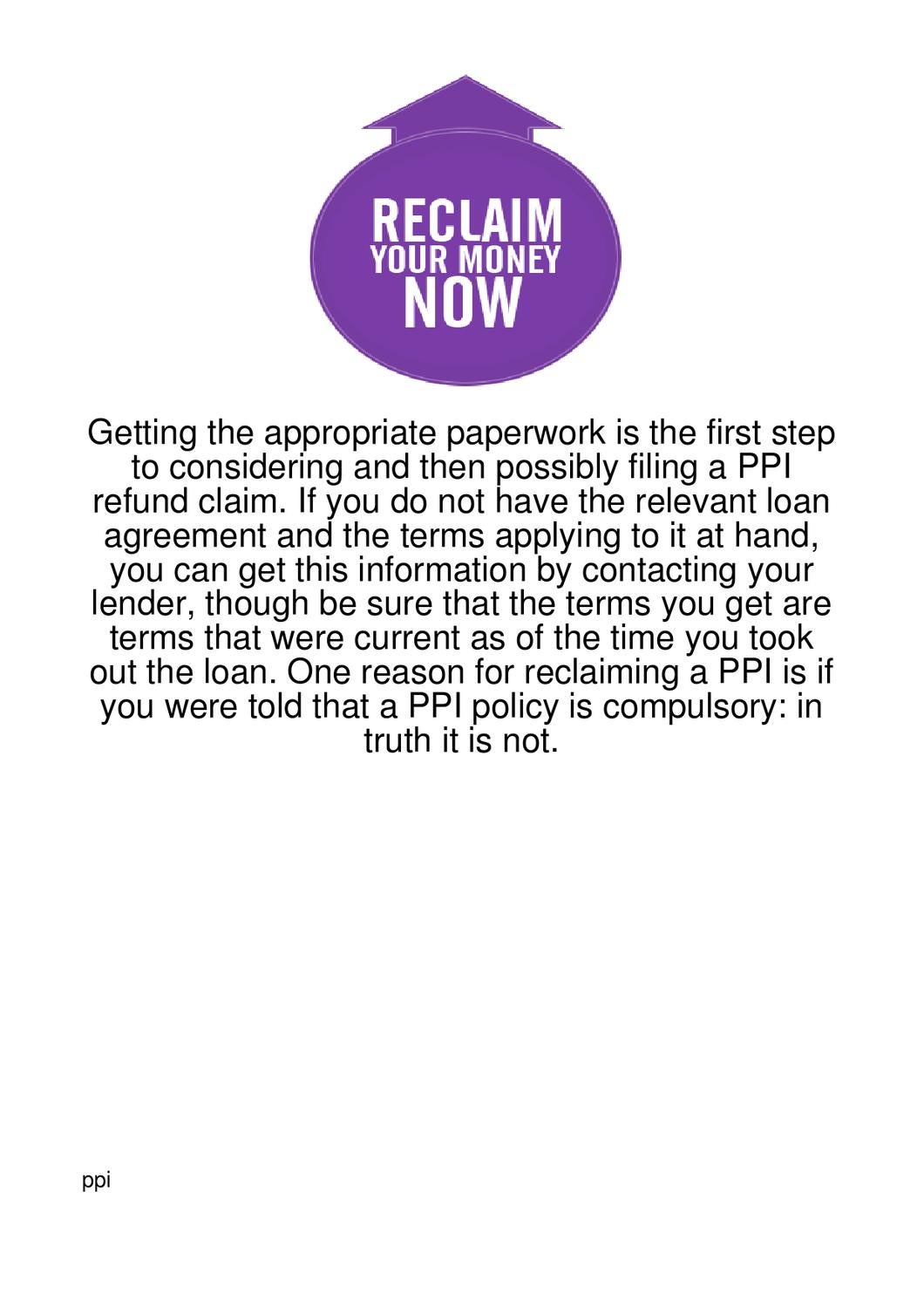Layoff Paperwork: Is It Really Required?

Layoffs are a challenging aspect of any business, often filled with emotional and legal complexities. They require careful navigation to ensure that both the organization and the departing employees are treated fairly and with respect. One critical part of this process involves handling the layoff paperwork. But the question many employers and employees alike have is: is layoff paperwork really required?
Why Layoff Paperwork is Essential

Before delving into the specifics, it’s crucial to understand why layoff paperwork is not just a formality but a necessity:
- Legal Compliance: Companies must comply with various laws, including the Worker Adjustment and Retraining Notification (WARN) Act, which mandates advance notice in certain layoffs or closures.
- Documentation: Paperwork provides a written record of the layoff process, which can be invaluable for future reference, audits, or legal proceedings.
- Clarity for Employees: Proper documentation helps employees understand their rights, severance packages, and post-employment obligations.

The Key Components of Layoff Paperwork

Layoff paperwork should encompass several key components to ensure all aspects of the layoff are thoroughly covered:
- Notification Letter: This letter informs the employee about the layoff, including the effective date, reasons, and any relevant details.
- Severance Agreement: Details the severance package offered, terms, and conditions.
- COBRA Notice: Provides information regarding the continuation of health benefits.
- Employee Release Form: This document confirms that the employee has received all due payments and releases the company from further obligations.
- References and Records: Offering to provide references or access to employment records can help smoothen the transition for employees.

Steps to Properly Manage Layoff Paperwork

- Pre-Layoff Preparation: Assemble all necessary documents and ensure compliance with state and federal regulations.
- Communication: Clearly communicate the layoff to the employee, often starting with an in-person or virtual meeting followed by written documentation.
- Paperwork Delivery: Ensure all paperwork is delivered to employees with enough time for them to review, understand, and address any questions.
- Signatures: Obtain necessary signatures, keeping copies for both the employee and the employer.
- Post-Layoff Follow-Up: Address any remaining concerns or requests from laid-off employees.
The table below summarizes the essential layoff documents:
| Document | Description | Purpose |
|---|---|---|
| Notification Letter | Informs about the layoff | Clarity and Compliance |
| Severance Agreement | Outlines severance terms | Benefit and Legal Protection |
| COBRA Notice | Provides information on continuing health benefits | Legal Requirement |
| Employee Release Form | Confirms receipt of payments and releases employer | Legal Protection |

💡 Note: Always consult with legal or HR professionals to ensure compliance with all local and federal regulations when issuing layoff paperwork.
SEO Tips for Layoff Paperwork Articles

To optimize an article on layoff paperwork for search engines, consider the following tips:
- Use the keyword “layoff paperwork” in the opening paragraph, headings, and throughout the content.
- Include synonyms like layoff documentation, employee termination paperwork, etc.
- Use questions related to the topic as subheadings to cover common user queries.
- Link to authoritative sources or related articles within your site to enhance SEO and provide additional value.
In summary, while layoff paperwork might seem burdensome, it is integral to managing layoffs ethically and legally. Proper documentation not only protects the company but also ensures clarity and fairness for the affected employees. Navigating this process with diligence can mitigate potential legal issues and support a smoother transition for all parties involved.
What is the WARN Act and how does it relate to layoff paperwork?

+
The Worker Adjustment and Retraining Notification (WARN) Act requires most employers with 100 or more employees to provide 60 calendar days advance notice of plant closings and mass layoffs. Layoff paperwork includes the notification required under this act.
Are severance packages mandatory?

+
While not legally required in all cases, many companies offer severance packages out of goodwill or as part of negotiated terms. Layoff paperwork often includes details of any severance offer.
How long do employees have to review layoff paperwork?

+
Generally, employees should be given adequate time to review the documents, especially if they include complex agreements like severance terms. However, specific regulations might vary by jurisdiction.
Can an employee refuse to sign a release form?

+
Yes, an employee has the right to refuse to sign a release form. However, this might impact their severance benefits as employers often require a signed release to dispense certain benefits.



